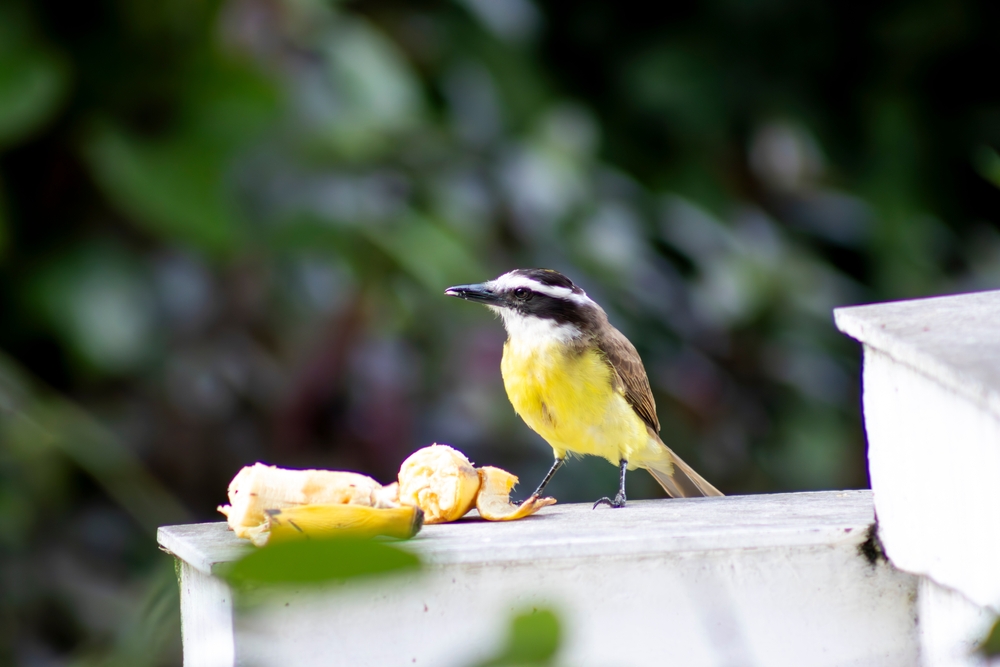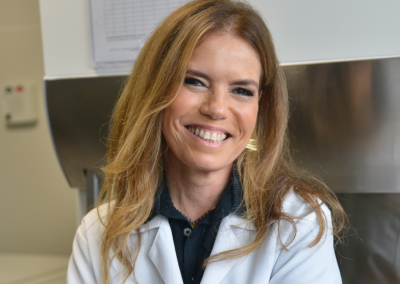 #Columns
#Columns
What can nature do for mental health?
Contact with natural landscapes, green spaces, and birdsong can help in coping with disorders such as anxiety and depression
 The great kiskadee (Pitangus sulphuratus, also called 'Bem-te-vi' in Brazil): The abundance of birds in the neighborhood has also been associated with a lower prevalence of depression, anxiety, and stress | Image: Shutterstock
The great kiskadee (Pitangus sulphuratus, also called 'Bem-te-vi' in Brazil): The abundance of birds in the neighborhood has also been associated with a lower prevalence of depression, anxiety, and stress | Image: Shutterstock
Depression is a common illness. Let’s start with some numbers. It is estimated that more than 300 million people of all ages suffer from the disorder worldwide. Data from the World Health Organization (WHO) indicate that 5.8% of the Brazilian population suffers from depression, equivalent to 11.7 million Brazilians—placing the country among the top five on the planet.
When it comes to anxiety, the situation is no better. Unfortunately, the data are even more alarming. Brazil is facing an anxiety epidemic, with the highest prevalence in the world. Approximately 18.6 million Brazilians (9.3% of the population) are living with the disorder.
Mental illness generates global economic losses of US$1 trillion per year.
But let’s not focus only on the negatives. Brazil is also the country with the greatest biodiversity in the world. The country is home to more than 116,000 catalogued animal species and 46,000 plant species across six terrestrial biomes and three major marine ecosystems.
Not to mention those we don’t yet know about. And what do these two sets of figures, from seemingly unrelated topics, have to do with each other?
If you’ve ever heard about One Health, you may already have the answer. This year, we began celebrating National One Health Day, which falls on November 3, with the aim of raising awareness of the inseparable relationship between animal, human, and environmental health.
When people feel stressed, they often seek out nature as a way to relax, recover, reenergize, and reinvigorate themselves. This seemingly intuitive urge has been the subject of psychology research since the 1960s, when the biophilia hypothesis was formulated. The theory, popularized by American biologist Edward Wilson (1929–2021) in the 1980s, suggests that human beings have an innate tendency to seek connections with nature because Homo sapiens itself is a part of nature.
Another classic study from the 1980s, published in the journal Science, demonstrated that surgical patients whose rooms offered views of green areas were discharged earlier and required less analgesia compared to those with views of buildings.
While experiences in nature are diverse and can occur through real contact with natural environments, results have also been observed based on views from windows, images (such as photographs of landscape paintings), and simulations (virtual reality, for example).
The experience is a result of an individual’s perception and/or interactions with elements of the natural world (from potted plants and private gardens to large green public spaces and areas of wilderness, as well as the weather and movements of the sun) through a variety of sensory stimuli (vision, hearing, taste, touch, and smell), in addition to feelings of connection, aesthetic appreciation, and previous, positive experiences in nature.
It has been shown that adults who were more exposed to nature as children have better mental health than those who were not. The psychological wellbeing of a population has been related to factors such as living near green spaces, blue spaces (i.e. aquatic and marine environments), and trees in streets or private gardens.
Contact with nature has been identified as a useful resource for managing attention deficit and hyperactivity disorder (ADHD).
The evidence also suggests that compared to urban experiences, exposure to nature translates into emotional benefits, which in addition to reducing anxiety, depression, and aggression, also alleviates rumination and negative moods, while preserving or increasing positive impacts.
There are also cognitive benefits, such as improved working memory—the type used to carry out day-to-day tasks.
Mental fatigue
A concept known as Attention Restoration Theory explains how nature reduces mental fatigue. This same mental fatigue increases the longer we spend in front of technological screens (which drain our attention and energy).
A person’s undirected sense of attention when walking in nature, for example—which may be drawn to a singing bird, a beautiful flower, or a sweet smell in the air—helps the brain recover from mental exhaustion, reflecting therestorative environment of the natural world.
Being close to nature was a determining factor in improving mental health, reducing stress, and increasing well-being during the COVID-19 pandemic. This contact varied from spending more time in the backyard, as people began making better use of immediately available natural spaces for emotional regulation, to people from urban areas seeking refuge in nature during those difficult times, many of whom decided not to return to the city, even after the pandemic ended.
Oh, and the birds! Birdsong is one of the elements of natural environments most cited in scientific literature as offering significant perceived restorative benefits. An abundance of birds in the area in which a person lives has also been associated with a lower prevalence of depression, anxiety, and stress.
Returning to the numbers, in a country with 1,825 bird species, many of which live in urban areas, any given person has at least 20 species in their neighborhood. It is therefore just a matter of paying attention, listening to them sing, taking a deep breath, and feeling your well-being being nourished by nature.

Eliseth Leão is a senior researcher at Hospital Israelita Albert Einstein and head of the e-Nature Research Group for interdisciplinary studies on connections between nature, health, and well-being (CNPq).
Opinion articles do not necessarily reflect the views of Science Arena or Einstein Hospital.
*
This article may be republished online under the CC-BY-NC-ND Creative Commons license.
The text must not be edited and the author(s) and source (Science Arena) must be credited.




